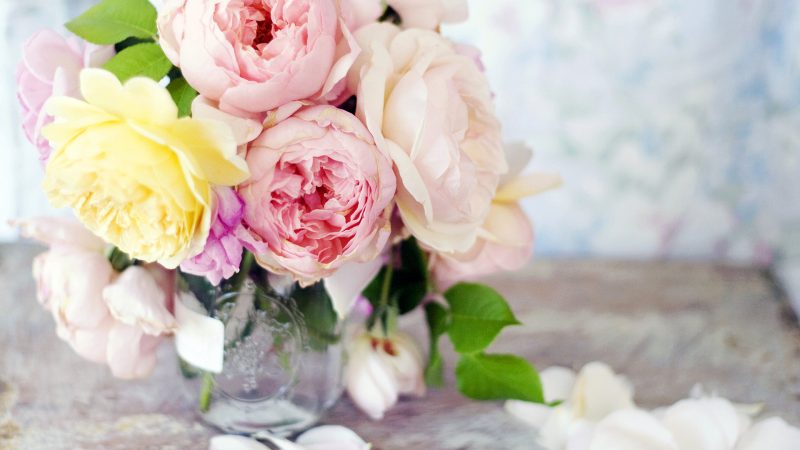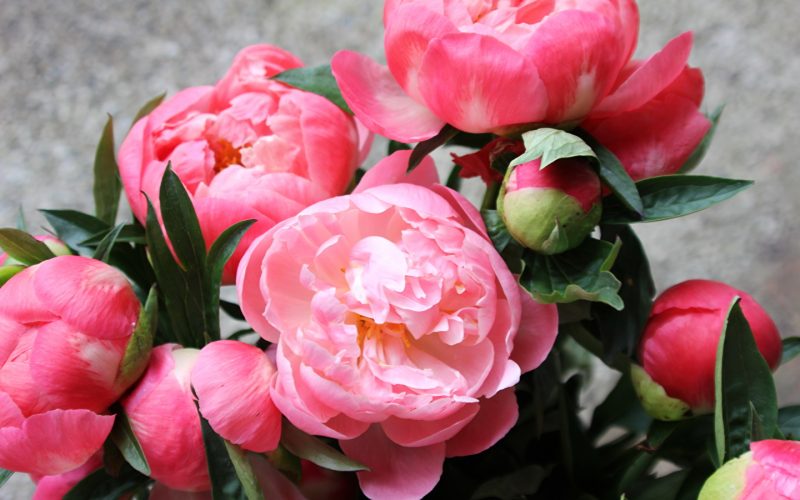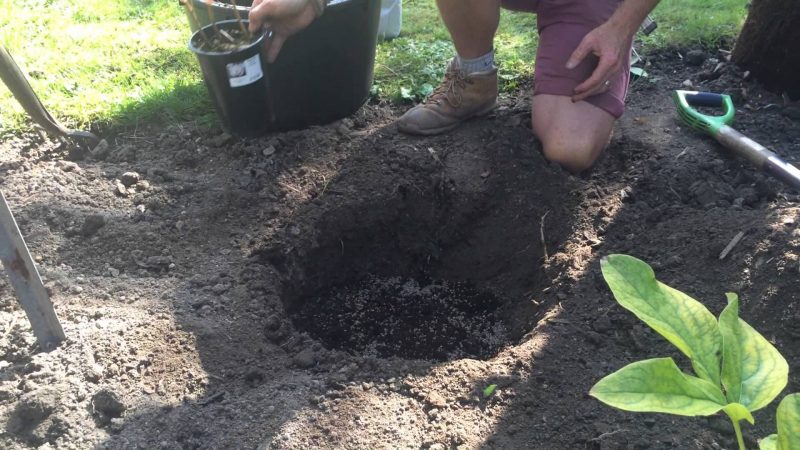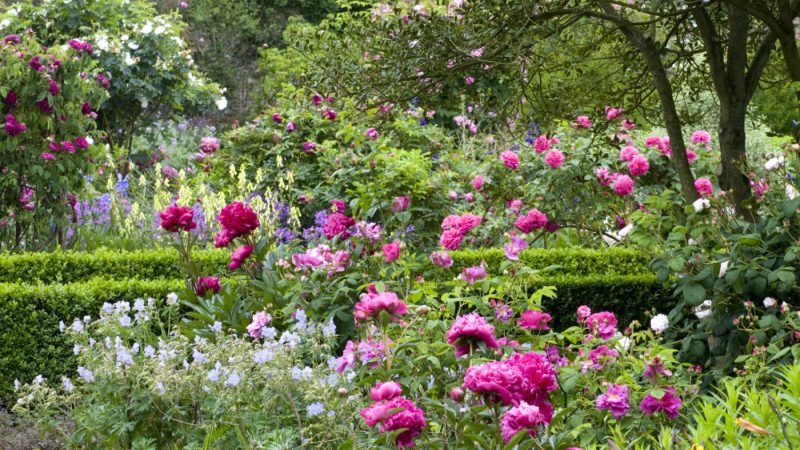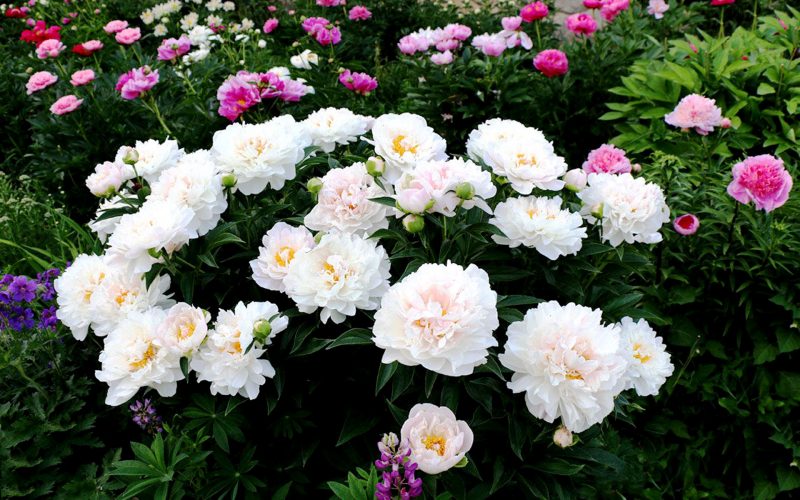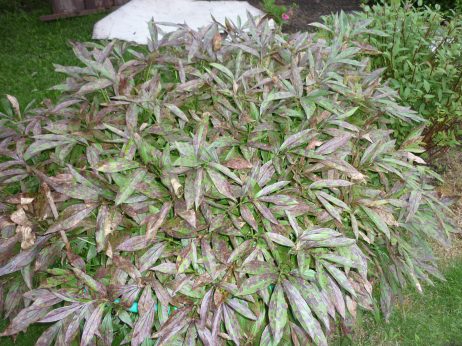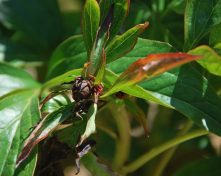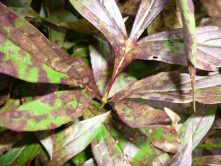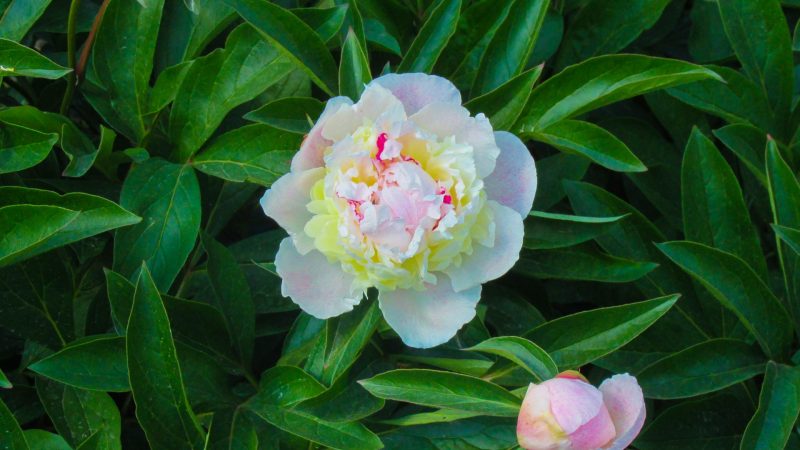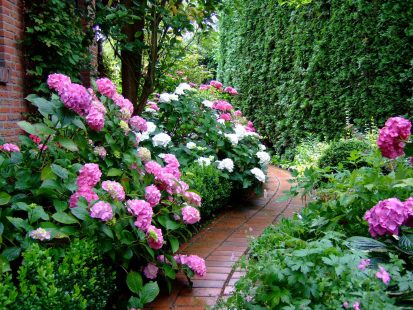Large bright flowers are the best decoration of a garden, a personal plot. For long and magnificent peonies to bloom, planting and care in the open field for these plants must meet certain requirements.
Material Content:
Description of varieties and types of peonies
This is one of the most durable flowering herbaceous perennials and deciduous shrubs. In total, the genus Paeonia combines 36 species of herbaceous perennials, shrubs and shrubs. Two groups of species are distinguished from which modern varieties and hybrids originated.
| Description | Perennial peonies | Tree peonies |
|---|---|---|
| Kinds | Evasive peony (Paeonia anomala), P. milky-flowered (P. lactiflora), P. officinalis (P. officinalis). | P. treelike, or semi-shrub (P. suffuticosa). |
| Plant height | 70 - 100 cm | 1,5 - 2 m |
| How do they look | Grassy plants with thickened rhizome. In spring, young shoots of red color appear from the earth. Large developed leaves are dissected into lobes. Coloring is dark green, less often - greenish-gray. The entire ground part fades at the end of summer and dies for the winter. | Bushes can reach a height of 2 - 3 m. Young shoots are green and reddish, lignified covered with gray bark. Leaves fall after the first frost. |
| Bloom | Large rounded buds bloom on strong stems. Diameter of flowers is from 10 to 20 cm. Coloring: pink, red, white, yellow. | The flowers are simple, semi-double, double. The color of the petals is pink, red, white, lilac, yellow. Diameter of flowers - up to 25 cm. |
| Variety (bush height, type, shade, diameter of flowers) | • “Coral sunset” (up to 110 cm, semi-double, pink-peach, 18 cm). • “Miss F. D. Roosevelt” (1 m, terry pink, pink, 22 cm). • “Duchet De Nemour” (1 m, hemispherical terry, white-green, 19 cm). • “Pink Cameo” (80 cm, hemispherical terry, cream pink, 16 cm). • "Lastres" (70 cm, semi-double, bright red, 19 cm). • “Rhapsody” (70 cm, anemic, pink, 16 cm). • “Carrara” (80 cm, Japanese type with modified stamens, 16 cm). | • Chun Hong Jiao Yan (1.5 m, chrysanthemum, pink-red, 20 cm); • Feng Dan Bai (up to 180 cm, anemone, white, 18 cm). • Hai Huang (up to 1.5 m, terry, bright yellow, 16 cm). • Hu Hong (up to 2.4 m, anemone type, red, 16 cm). • Gui Fei Cha Cui (2 m, terry, pink, 15 cm). • Ni Hong Huan Cai (2 m, red, 15 cm). |
- "Solange" - a variety of white peonies with a late flowering period. Stems 70 cm high need support. Creamy white flowers, 17 cm in diameter.
- "Coral Sunset" - pink peonies. The color of the petals pleases with a variety and combination of shades: bright pink, light orange, cream yellow. Gardeners appreciate the Coral Sunset Peony for its early flowering, pleasant aroma, frost resistance and durability.
- Armani is a variety of red peonies. Bushes with a height of 80 to 100 cm with velvety dark red flowers.
A tree-like peony in regions with a warm spring blooms in mid-April. Varieties belonging to the vast group Paeonia suffruticosa are most adapted to the conditions of the middle lane. The highest are hybrids of Paeonia rockii. Rock peonies reach a height of 2 m, in old age become wide.
Ito is a young group of hybrids obtained in Japan by crossing milky-flowered and tree-like peonies. They differ from perennial species by stronger growth and large flowers. The bushes do not lie down, the foliage is green to frost, dies for the winter.
Growing Basics
Choose a sunny place for landing. With a lack of lighting, peonies do not bloom or small buds appear. Plants can be placed in the openwork shade of deciduous trees and tall shrubs. However, close proximity increases competition for light, water and food. Adult peonies suffer short droughts. During the first year after planting, the soil should not be completely dry.
A tree-like peony can be planted in the sun, and preferably on a site well-lit in the morning or afternoon.
Peonies prefer loamy, uniformly moist, well-drained substrates (pH 5.8 - 7). Wetlands with high groundwater levels are not suitable for them. On chernozems, flowering is more magnificent, and the life expectancy of the bushes is higher.
Humus is added to light sandy soils to better retain moisture. Heavy substrates are improved with a drainage layer of sand and gravel in the entire area or only in a flower bed with peonies.
Outdoor landing
Young peonies (1 or 2 years) take root best. Prepare the site in advance and dig a landing pit 60 - 70 cm deep (in 2 - 3 weeks).
More materials:how and when to plant peonies?
- Growth buds in the soil should be at a distance of 3 - 7 cm from the surface. If planted deeper, the shoots grow well, but do not bloom. With a superficial arrangement, the kidneys freeze in winter.
- If peonies are planted in the spring, then they will have time to take root and better winter. In autumn, a favorable time for planting is from mid-August to October. By the next growing season, the roots will be ready for active growth.
- For young plants, they dig a hole with a diameter of 50 cm. For adult shrubs, they prepare a landing pit one third more than the root ball.
- Compost mixed with rotted manure and mineral fertilizer is poured at the bottom.
- The roots of the seedling are placed in the middle of the recess, covered with a prepared substrate, watered. If the weather is dry, then young plants are irrigated weekly.
How to care for peonies
In the spring, they carefully collect garbage, loosen the soil under the bushes, trying not to damage the young shoots and roots. Care for peonies after flowering and drying of the leaves is to remove the ground part (in perennials). In the fall, before frosts, tree species and varieties cut leaves.
Read also:ground cover perennials
Watering schedule
In dry weather, irrigation is carried out before and after flowering. On light sandy soil, more frequent watering is needed. Drying of the soil under the stems should not be allowed. Watering is necessary for young plants during periods of drought and insufficient rainfall. From the second year of life, peonies are irrigated once a week. One full watering is better than several portions of water, which moistens only 1 - 2 cm of soil.
Fertilizer and fertilizing
Supplementary nutrition improves young growth and provides lush flowering for adult perennials. You can do without feeding in the first year or two if fertilizers were added during planting. More nutrients are required for the peonies of the third and fourth years of life to begin full flowering.
Excess nitrogen is harmful, as the overgrowth of bushes and susceptibility to fungal infection are enhanced.
In spring, potassium-nitrogen fertilizer in granules is scattered over the melting snow around the bushes. After the formation of buds begins, the ammophoska is dissolved and top dressing for peonies is done. You can use another complex fertilizer. After flowering, peonies need more phosphorus and potassium. These types of fertilizers can be applied in the fall.
Plant pruning
Fragrant buds bloom from April to June. If you cut away wilted flowers, prevent the formation of seeds, then flowering will be longer. In the fall, stems are cut before frosts at a height of 8 cm above the soil.
In the spring, sparing pruning peonies with lignified shoots are needed. Dry and damaged branches are cut, old ones are shortened. In summer, the removal of wilted flowers can be combined with loosening, watering, mulching the land under shrubs.
Transplant Nuances
With proper care, peonies can grow in the same place for decades. Over time, the bushes grow old, bloom less profusely. Not every gardener knows when to transplant peonies so that the survival rate is high. Experts recommend completing the work before September.
Dig a bush and divide it with a sharp shovel into several parts with 4 to 5 growth buds on each. Delenki is planted in prepared cavities, watered. Peonies the next year after transplanting do not bloom.
Care in the fall, preparation for winter
Before frost, tree leaves and the ground part of perennial peonies are cut. Varieties that are common in central Russia are usually adapted to the climatic characteristics of the region. Young peonies are covered with fir or spruce branches before the frosty season. For thermophilic hybrids, temperatures below –15 ° C can be harmful.
Peony propagation
Perennials are propagated by dividing the bush, but not too often. Grassy peonies painfully tolerate changes in soil conditions, transplants. If you need to increase the number of plants, then the most overgrown curtains are divided and transplanted in late summer - early autumn. After 3 to 4 years, young plants will grow stronger and will fully bloom.
Tree peonies are propagated by layering, cuttings, grafting to the roots of grassy species.
With seed propagation, stratification is mandatory. Sowing, caring for sprouts, seedlings is a long process. Young peonies from seeds will not bloom for the first 5 to 6 years.
How to get rid of pests and diseases
A typical problem of cultivated peonies is various fungal diseases affecting buds and leaves. Plants are more susceptible to infection on soils rich in nitrogen.
It’s easier to prevent infection than to get rid of the disease. For this purpose, it is recommended to choose sunny areas without stagnation of air and water.After pruning, plant material should be disposed of, since it is in the leaves and stems that pathogens are preserved and pests (nematodes) winter. Fungicides are used for spraying.
Reasons why peonies do not bloom
Inadequate lighting, poor soil, too deep or superficial location of growth buds in the ground are the main factors affecting the formation of buds.
Perennial peonies in the first years after planting bloom inferiorly. However, by the third and fourth year of life, normal sized buds should appear in the plants.
The flowers do not bloom or dry quickly with mineral starvation. If you properly feed and comply with other requirements, then the peony will bloom normally. You should carefully consider the composition of top dressing. With an excess of nitrogen, vegetative organs grow, and the buds do not form or bloom, dry up. Immediately after flowering, when the shoots of the next year are laid, it is necessary to feed the peonies with phosphorus and potassium.
Use in landscape design
The classic combination for the garden in the English style is perennial peonies in white or pink. Tree-like is best planted in the form of a tapeworm in the front garden, on the lawn, in a Japanese garden. If there is a lot of space on the site, then you can make flower beds of peonies. Bright flowers in spring and summer look great against the background of mock-up. In summer, the green leaves of peonies set off other flowering plants.
Large fragrant flowers are an excellent material for cutting. Peonies are used to create floral arrangements, gift baskets, interior decoration.


